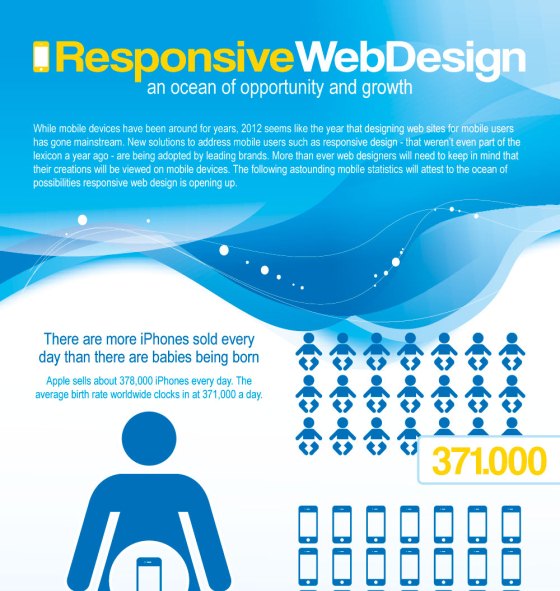Interested In Discovering How Web Site Style Has Changed Over The Years? Explore The Journey
Interested In Discovering How Web Site Style Has Changed Over The Years? Explore The Journey
Blog Article
Developed By-Rasmussen Lunde
In the past, internet sites were simple and concentrated on info. Navigation was direct, and layout was for desktops. Currently, user experience is crucial. Information guides layouts for very easy navigation. Receptive formats suit different tools. Today, dark mode decreases pressure, and minimalist food selections improve navigation. Interactive functions involve users, and bold visuals stand out. AI integration enhances engagement. See exactly how layout has actually developed to boost your on the internet journey.
Very Early Days of Website Design
In the very early days of web design, simplicity preponderated. Web sites were standard, with minimal colors, fonts, and designs. The emphasis was on providing info as opposed to flashy visuals. Individuals accessed the internet with slow dial-up links, so rate and capability were vital.
Navigation menus were straightforward, usually situated at the top or side of the page. https://www.thedrum.com/opinion/2022/05/30/the-future-digital-marketing-isnt-what-you-think-5-trends were designed for computer, as mobile browsing wasn't yet widespread. Material was king, and designers prioritized easy readability over complex style elements.
HTML was the main coding language made use of, and developers needed to function within its constraints. Animations and interactive functions were very little contrasted to today's criteria. Sites were fixed, with little dynamic material or individualized customer experiences.
Surge of User-Focused Layout
With the advancement of website design, a change towards user-focused design principles has become significantly prominent. Today, creating sites that prioritize user experience is critical for engaging visitors and achieving service objectives. User-focused layout involves understanding the demands, preferences, and actions of your target audience to tailor the site's format, content, and features as necessary.
Designers now conduct extensive research study, such as individual studies and usability testing, to collect understandings and comments directly from individuals. This data-driven method aids in creating intuitive navigating, clear calls-to-action, and aesthetically attractive user interfaces that reverberate with visitors. By placing the user at the center of the style process, websites can deliver an extra customized and satisfying experience.
Receptive design has actually additionally become a crucial aspect of user-focused design, ensuring that sites are optimized for numerous tools and screen sizes. This versatility boosts access and use, dealing with the varied methods individuals interact with internet sites today. Essentially, the surge of user-focused design signifies a change in the direction of developing digital experiences that focus on the requirements and expectations of the end individual.
Modern Trends in Web Design
Check out the most up to date trends forming website design today. One noticeable trend is dark setting style, providing a sleek and contemporary appearance while lowering eye strain in low-light environments. Another vital pattern is minimal navigating, simplifying food selections and improving customer experience by concentrating on essential elements. Including micro-interactions, such as animated switches or scrolling impacts, can create a more engaging and interactive internet site. Responsive layout continues to be crucial, ensuring seamless customer experiences across numerous devices. Furthermore, making use of vibrant typography and asymmetrical formats can add visual passion and accentuate specific web content.
Incorporating AI technology, like chatbots for consumer assistance or individualized suggestions, boosts user interaction and improves procedures. Accessibility has likewise come to be a significant fad, with developers focusing on comprehensive style techniques to deal with diverse individual demands. Accepting sustainability by enhancing website efficiency for rate and efficiency is another arising trend in web design. Collaborating with user comments and information analytics to repeat and improve style continuously is important for remaining relevant in the ever-evolving electronic landscape. By accepting these contemporary patterns, you can develop a visually attractive, easy to use internet site that resonates with your audience.
Verdict
As you assess the advancement of site design from the early days to currently, you can see exactly how user-focused design has actually ended up being the driving force behind contemporary patterns.
Accept the journey of change and adaptation in website design, constantly maintaining the user experience at the forefront.
Remain present with the current patterns and innovations, and never quit developing your method to produce visually spectacular and straightforward web sites.
Evolve, adapt, and produce - the future of website design remains in your hands.
